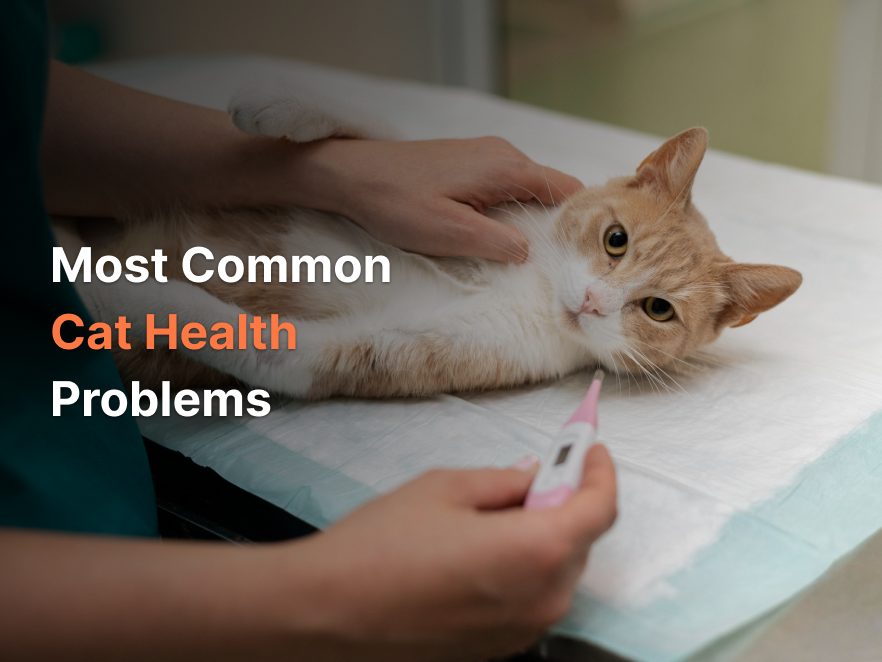- Health
- July 1, 2022

Insulin is utilized in the treatment of diabetes mellitus in canines and felines. Insulin is a chemical created by the pancreas that helps convert your pet’s food into energy by permitting the take-up of sugar by cells. By allowing this take-up and utilization of sugar, Insulin diminishes the blood glucose fixations in the body. Whenever your pet doesn’t deliver Insulin, sugar can’t enter cells and your pet’s body can’t make fat, sugar or protein. It likewise brings about a perilously high blood glucose level.
Insulin replaces the Insulin that your pet’s body doesn’t deliver. The kind of Insulin you provide for your pet is an engineered chemical from pigs or cows.
Drug manufacturers produced numerous insulins utilized in canines and felines for use in people. Their belongings in canines and felines incorporate a more quick beginning and more limited term of activity.
-
-Fast-Acting/Short-Acting Insulin
Insulin planning begins with activity (after SC infusion) from 0.5 to 1.5 H after infusion and pinnacle activity around 2 to 4 H after organization. For instance, Regular, Aspart, Lispro etc.
-
-Moderate-Acting Insulin:
Insulin arrangement with the beginning of activity from 1.5 to 2 H after infusion and pinnacle activity somewhere in the range of 2 and 11 H after organization; frequently joined with rapid or short-acting Insulin. For example, Neutral Protamine Hagedorn (NPH), Lente etc.
-
-Long-Acting Insulin:
Insulin readiness with the beginning of activity under 3 H after infusion and pinnacle activity somewhere in the range of 4 and 26 H after organization; frequently joined, when required, with rapid or short-acting insulin. To illustrate, Detemir, Glargine, Protamine Zinc (PZI) etc.
INSULINS AVAILABLE IN THE MARKET
Some common insulin used in the pets (mainly dogs and cats) are mentioned below:
-
-Glargine:
It is a human recombinant DNA origin insulin with a concentration of U-100. It is long-lasting Insulin generally utilized by the Task Force in felines since it has a good span of activity in most diabetic cats. A few investigations have exhibited that glargine is powerful for controlling glucose levels in diabetic felines and accomplishing high abatement rates. Glargine can likewise be utilized in canines. Human simple Insulin with adjustments gives variable solvency at various pHs. Glargine is solvent at a pH of 4.0, the pH at which it is provided and put away. However, in the neutral pH of the body’s blood or subcutaneous tissues, it structures micro precipitates, working with slow assimilation after the infusion—it outcomes in the fast beginning and long length of activity. Glargine is sometimes portrayed as “peakless” Insulin, albeit peakless doesn’t mean a shortfall of a nadir in felines but rather alludes to glucose use rates. In canines, a blood glucose bend (BGC) level might be seen so that glargine can be indicated as peakless Insulin in that species.
-
-NPH:
NPH is a recombinant human middle-acting insulin with U-100 concentration utilized in canines. The Task Force doesn’t suggest the utilization of this Insulin in felines because of its brief span of activity. The span of action of NPH in canines is frequently 12 hr. A few pups can have postprandial hyperglycemia when treated with this Insulin.16 A blend type of NPH in addition to standard Insulin (70 NPH/30 Regular) is accessible that might be reasonable, assuming the canine has a good span of activity (8-12 hr) with an early nadir or postprandial BG spike. A few clinicians utilize this item in puppies that foster postprandial hyperglycemia while being treated with NPH.
Lente is a moderate acting porcine insulin zinc suspension with U-40 concentration, generally utilized by the Task Force in canines. It is FDA-supported for use in dogs and felines. It has nearly 12 hours of activity in many pups and is valuable for limiting postprandial hyperglycemia.
-
-PZI:
dd(U-40 human recombinant protamine zinc insulin; ProZinc, Boehringer Ingelheim Animal Health) is considered by clinicians long-acting Insulin and is FDA supported for use in felines and canines. Infield concentrates in kittens, the mean season of the BG nadir was somewhere in the range of 5 and 7 hr and the span of activity was 8-24 hr, which was considered a proper length of action by the FDA. The outcomes recommended that ProZinc ought to be managed two times a day to day in most diabetic felines to keep up with control of glycemia. This Insulin is utilized in the two kittens and canines, even though it is less normally used in dogs. Protamine zinc insulin can have a delayed length of activity in puppies. One might take a stab at the double daily dosing timetable to limit the possibilities of clinically critical hypoglycemia and the Somogyi phenomenon.
-
-Regular:
Insulin planning with a beginning of activity in canines and felines from 0.5 to 1.5 H after SC infusion, top activity around 0.5 to 4 H and length of exercise 1 to 4 H after organization. You can likewise give Regular Insulin IM and IV.
CONCLUSION
Insulin measurements should be founded on the patient’s ideal body weight assessment. Sensible introductory dosing is suggested because dietary change might modify food admission and influence the therapeutic reaction to Insulin.
Aside from the above dosages, one can give Insulin in the combinations too—for instance, NPH+Regular, Lente+Regular etc









